Uncategorized
-
 Science & Society
Science & SocietyDive deep to discover unexpected connections
Readers often praise Science News for its brevity. But some ideas need more space, writes acting editor in chief Elizabeth Quill.
-
 Planetary Science
Planetary ScienceReaders intrigued by Mars’ far-out birth
Readers sent feedback on the Red Planet's formation, jumping genes and more
-
 Genetics
GeneticsDNA evidence is rewriting domestication origin stories
DNA studies are rewriting the how-we-met stories of domestication.
-
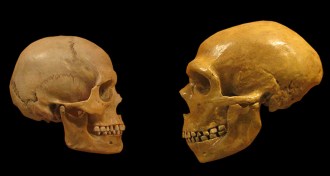 Anthropology
AnthropologyHow humans (maybe) domesticated themselves
Prior to taming other species, humans selected for more docile traits among fellow Homo sapiens, a slew of recent studies suggest.
-
 Plants
PlantsHow to eavesdrop on kelp
Sounds reverberating through a kelp bed can be linked to environmental factors, suggesting a low-key way to monitor undersea communities.
-
 Genetics
GeneticsDouble-duty DNA plays a role in birth and death
Coronary artery disease may be the price humans pay for improved fertility.
-
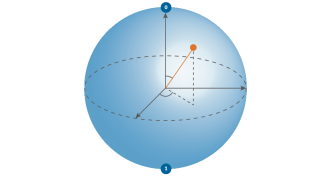 Quantum Physics
Quantum PhysicsA quarter century ago, the qubit was born
The invention of the qubit a quarter century ago enabled the quantum information revolution.
-
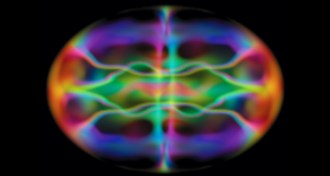 Physics
Physics50 years ago, a millionth of a degree above absolute zero seemed cold
Today, scientists have reached temperatures less than a billionth of a degree above absolute zero.
-
 Earth
EarthSnow and rain tug on earthquake faults in California
California’s water cycle is linked to periodic increases in small earthquakes.
-
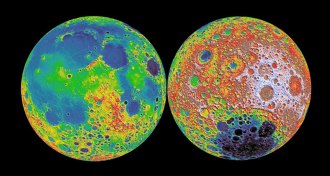 Planetary Science
Planetary ScienceThe moon might have had a heavy metal atmosphere with supersonic winds
Heat from a glowing infant Earth could have vaporized the moon’s metals into an atmosphere as thick as Mars’, a new simulation shows.
-
 Anthropology
AnthropologyThe southern drawl gets deconstructed
Analysis of the diversity of vowel sounds found in southern accents could help developers of speech recognition software.
-
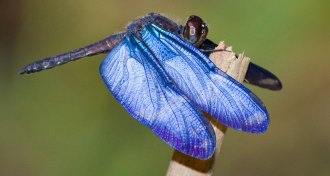 Animals
AnimalsThe blue wings of this dragonfly may be surprisingly alive
The wings of adult morpho dragonflies show tiny respiratory channels that may support a complex of nanostructures that shine blue.
By Susan Milius